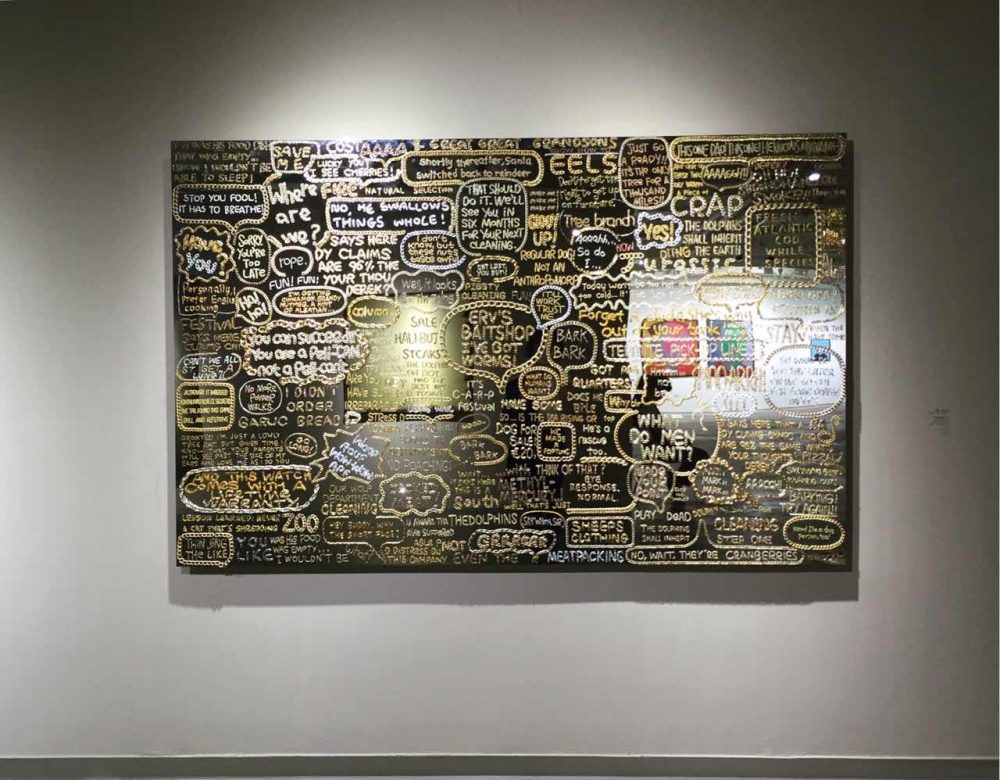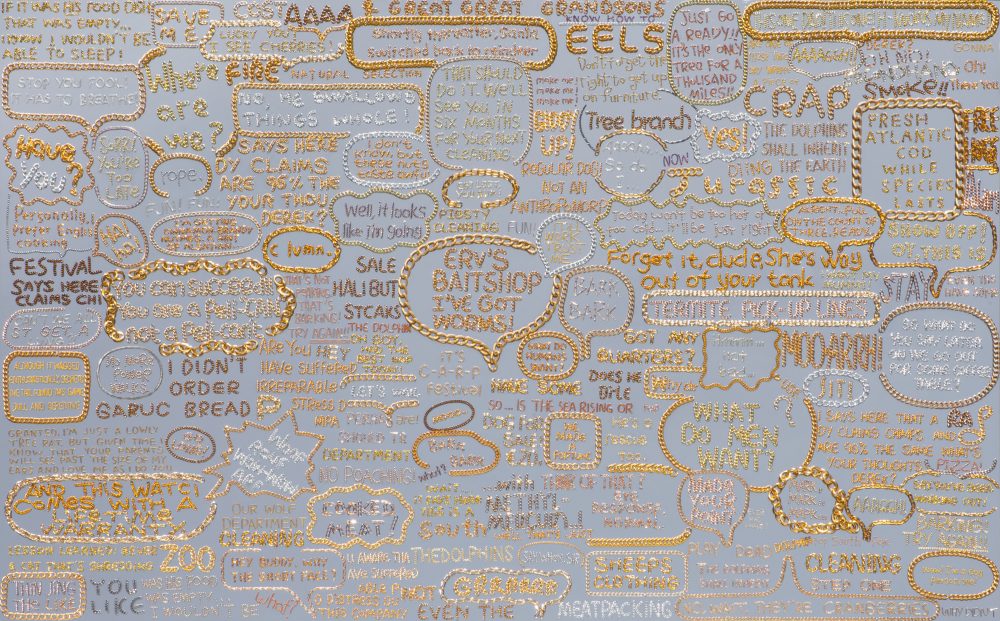-
2016.05.22-2016.06.12
Museum of Contemporary, Chengdu, ChinaHuang Yu, a Sichuanese born 1981, is one of the most competent, professional Chinese collectors to have emerged in recent years. Beginning with ancient Buddha images and porcelain, his collection has gradually shifted towards contemporary painting, sculpture, installation and video. His work experience at Minsheng Art Museum deepened his understanding of the system and values of contemporary art in China. As a Buddhist believer and beneficiary of the collecting process, he has donated Buddha images to his home district’s locally-supported monastery; he has also established a scholarship fund for his alma mater. Among his other dreams are to establish an art museum and an art expo in Chengdu, in order to sustain and enhance a contemporary art environment in the Southwest.
This exhibition gathers 100+ works by 65 important artists, spanning various media and types. It can be seen as an encapsulation and guide to Chinese contemporary art that is underway at present. In particular, it showcases the collection’s remarkably systematic coverage of conceptual painting. The list of artists ranges from Yu Youhan and Li Shan down to Xie Xingnan and Duan Jianyu, along with even younger innovators. The curator engaged to handle this exhibition is Zhu Zhu, winner of the 2011 China Contemporary Art Award in Criticism and currently one of the most important curators rooted in the native Chinese context. By the title “New Doctrine of Capital,” he raises discussion of a consumerist context in which art creation moves toward self-determination of art capital. What is more, the exhibition will hold a coterminous summit forum for young collectors. At the same time, several hundred important personages from the Chinese art world will be invited to attend, including museum directors, gallerists, collectors, corporate figures and participating artists.
Foreword by Huang Yu
Sometimes, in certain settings, I sense, with more than a bit of joy, that others see collecting as a wonderful thing, and view the collection of art as a noble task. But when I sit back and really think about it, I can’t help but think that collecting is a disorder, one that leads you to want to have all good things. It is a grave case of obsessive-compulsive disorder. My obsession with collecting began in my early years with bubblegum. In my second year of middle school, there was a popular brand of bubblegum called BigBabol. There were a hundred pieces to a box, and each box had a toy inside. There were sixteen different toys in the series, and in order to collect them all, I bought over fifty boxes of BigBabol bubblegum in a span of three months. That’s over five thousand sticks of gum. I was handing it out to everyone I saw. This was my first experience with collecting. It was then that I discovered my love for collecting. I found I had a powerful desire to possess the things I loved. It was just natural to collect them.
My propensity to collect has been a part of my life ever since. I have also been plagued by obsession-compulsion ever since. In everything I do, I demand perfection. I worked out in order to develop six pack abs, and along the way, I won a national bodybuilding championship in 2004. I studied finance, and in 2003, I naturally entered into the family business, into the art auction system. I began by researching classical art. I started collecting porcelain in 2004, and particularly enjoyed the products of the Ming and Qing dynasty imperial kilns. I wanted to have a specimen from the royal kilns of each dynasty. I was fascinated by all kinds of antiquities. Much of the richness of classical Chinese art is embodied by these traditional artworks. Without planning to do so, I had begun training myself. I was on a quest for perfection. In 2006, I grew intensely interested in researching and collecting Buddhist sculpture. This can, of course, be traced back to my mother, a devout Buddhist. Under her influence, I have been passionate about Buddhism since I was a child. I also clearly remember that I first began collecting Buddhist sculpture out of devotion. This continued until 2007, when I began dabbling in the research and collection of contemporary art. I had entered into the Minsheng system, which was at that time actively getting involved in the research and collection of contemporary art, planning a system of Chinese contemporary art systems, and I was involved. I was quite enthusiastic about approaching an entirely new field, and I diligently studied it. I auctioned many outstanding specimens from my collection of over one hundred antiques so that I could collect works of Chinese contemporary art. I did not, however, sell any specimens of Buddhist sculpture. Those I still keep today. Because of my faith, I will preserve this Buddhist art for the rest of my life. But beyond this, all of my passion and faith since 2007 have been concentrated on the research and collection of contemporary art, and this will continue into the future.
Before I knew it, I had spent twelve years as a collector. I quit my job at Minsheng in late 2015. It was then that I realized my collection had grown and matured alongside me. These contemporary artworks are inextricably linked to my own history, encounters and experiences over these past twelve years. I chose to hold this exhibition of my collection in Chengdu for good reason. I am from Zigong, here in Sichuan Province. I chose to return to my home province to hold this exhibition in hopes of bringing some positive energy to the local art industry and Chinese contemporary art.



